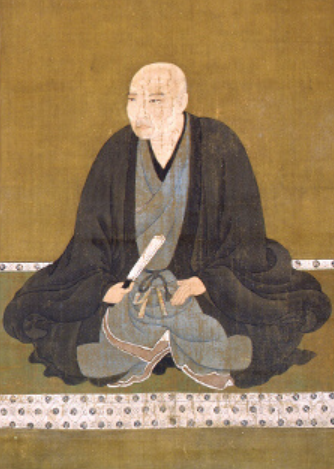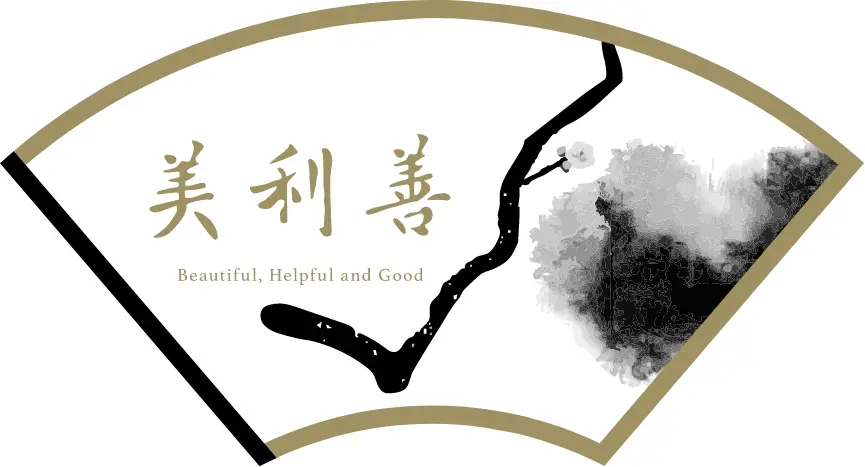What is the NFT Marketplace “Tou Chakai”? -Part 2

(Continued from Part 1)
The style of “茶会 Chakai” (tea ceremony) has changed over time.
In the early Muromachi period (1333-1573), the Chakai was an occasion for samurai warriors to play a game of guessing where the tea came from.
It was a kind of gambling game in which the winner could take all the expensive money and goods brought by the participants.
For this reason, the shogunate banned the game, and it was sometimes criticized by the people of the capital, Kyoto.
Successive shoguns of the Muromachi shogunate were fond of the artifacts of the Song and Yuan dynasties in China. Guests invited to the homes of the shoguns enjoyed tea in specially decorated halls with these expensive paintings and tea utensils.
When the shogunate’s finances were strained by war and other factors, the shogunate’s collection was sold to powerful warring feudal lords and wealthy merchants in major cities. Even as the authority of the shogunate waned, these selected imported items remained popular as Higashiyama Treasure.
About 100 years later, the style of Chakai with small tea rooms and Japanese tea utensils that most Japanese people imagine today was established.
Sen no Rikyū (1522-1591), a leading figure in this movement, was both a merchant in Sakai and an important strategic partner of the then ruler of Japan, and many famous feudal lords became his students of “茶の湯 Chanoyu”.
The opening image, painted before his death, shows his spirit as if sitting opposite Nobunaga or Hideyoshi. The fierce general Fukushima Masanori is said to have said, “I am not afraid to face a strong enemy, but I am afraid to face Rikyū” (“Hosokawa Tadaoki Kafu”).
What Rikyū valued most in his Chanoyu was the “sincere fellowship between host and guest”. It can be said that the unique tea room and tea utensils were designed to realize this. Rikyū was also a man who risked his life for his beliefs. His resignation ends with words that make him feel more like a military commander than a real one.
With Rikyū’s greatness in mind, all project members of our NFT marketplace “問茶会 Tou Chakai”, are working together to prepare for the realization of “sincere fellowship between host and guest”. In the next issue, I would like to talk about the origin of the name “問茶会 Tou Chakai”.
Image source:
Important Cultural Property “Portrait of Sen no Rikyū” (part), believed to be the work of Hasegawa Tōhaku (1539-1610), in 1583 (Azuchi-Momoyama period), Masaki Art Museum Collection

